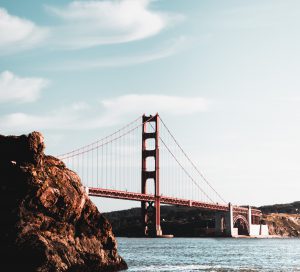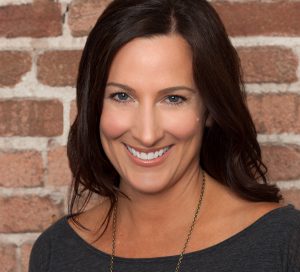
Castro Theatre, Photo by Matt Dodd
The evolution of LGBTQ+ San Francisco is as salty as the surrounding Pacific Ocean breeze. Thanks to Gold Rush fever, more than 30,000 goldminers crammed the city by 1850, over 95% percent of whom were men. A red-light district called the Barbary Coast formed on the shore of San Francisco Bay, where the rowdy atmosphere and anything goes attitude included same sex prostitution and cross dressing that shocked the more conservative citizens of eastern American cities. Even the destructive earthquake of 1906 didn’t stop the carousing, with the Dash, the city’s first official gay bar, opening in 1908. However this proved too much for the growing religious conservatives living in the city, and the venue, followed by the entire Barbary Coast, was forced to shut down.
During World War II the US Navy dishonorably discharged homosexual sailors in the nearest port city, and San Francisco received hundreds of servicemen who couldn’t return home. Soon misfits and dreamers from across the country were drawn to the west coast, lured by cheap rent, excellent weather and a growing sense of community outside the mainstream.

San Francisco City Hall, Photo by Kae Ng
In 1951 the state Supreme Court ruled to allow homosexuals to gather freely, and many new gay nightclubs and bars quickly opened. The local police, however, were hostile to the growing image of San Francisco as a haven for sexual minorities, and in 1961 raided the Tay Bush Inn, a notorious downtown nightclub. Over 100 patrons were arrested, and gay bars were forced to close across the city. It wasn’t until the Compton’s Cafeteria riot in 1966, where transgender patrons who frequented this Tenderloin restaurant pushed back against police aggression, that the gay community in San Francisco began to organize and fight for its rights.
Up until the 1960s, there had been no strongly identifiable gay neighborhood in the city. All that changed when the Castro district emptied out as residents moved to the suburbs, leaving behind block after block of gorgeous Victorian townhouses. For the first time ever, not only in San Francisco, but the world, there was a gay village that gave the gay community an address–and a voice.
Harvey Milk, a gay activist who lived in the Castro, won a seat on the city’s Board of Supervisors in 1977 ushering in an era of political activism to protect gay rights that continues to this day. Milk was tragically assassinated in 1978, and Terminal 1 at San Francisco International Airport was named in his honor. That same year, the iconic rainbow flag was designed in the city and now flies worldwide as a symbol of tolerance and acceptance. The AIDS crisis in the 1980’s also devastated the Castro, leaving the local community reeling in its wake. Rocked by earthquakes both physical and cultural, the resilient heart of San Francisco endured, and a visit to the AIDS Memorial Grove is a poignant reminder of the lives lost.

Photo by Isi Parente
Today the Castro proves more vibrant than ever. The GLBT Historical Society museum traces the colorful evolution of the city’s gay history, displaying artifacts from Harvey Milk’s life. Around the corner, the iconic Castro Theatre hosts the Frameline LGBT Film Festival. The southwest side of Mission Dolores Park is popular with the local gay community to sunbathe and socialize, while clothing optional Baker Beach has a fabulous view of the Golden Gate Bridge. And, of course, there’s San Francisco Gay Pride Parade, the second largest in the USA, drawing millions of revelers to the Castro to celebrate everything LGBTQ+. For 2021, a scaled back pride will indeed take place, with events connected by a very apropos theme: “All in This Together.”




